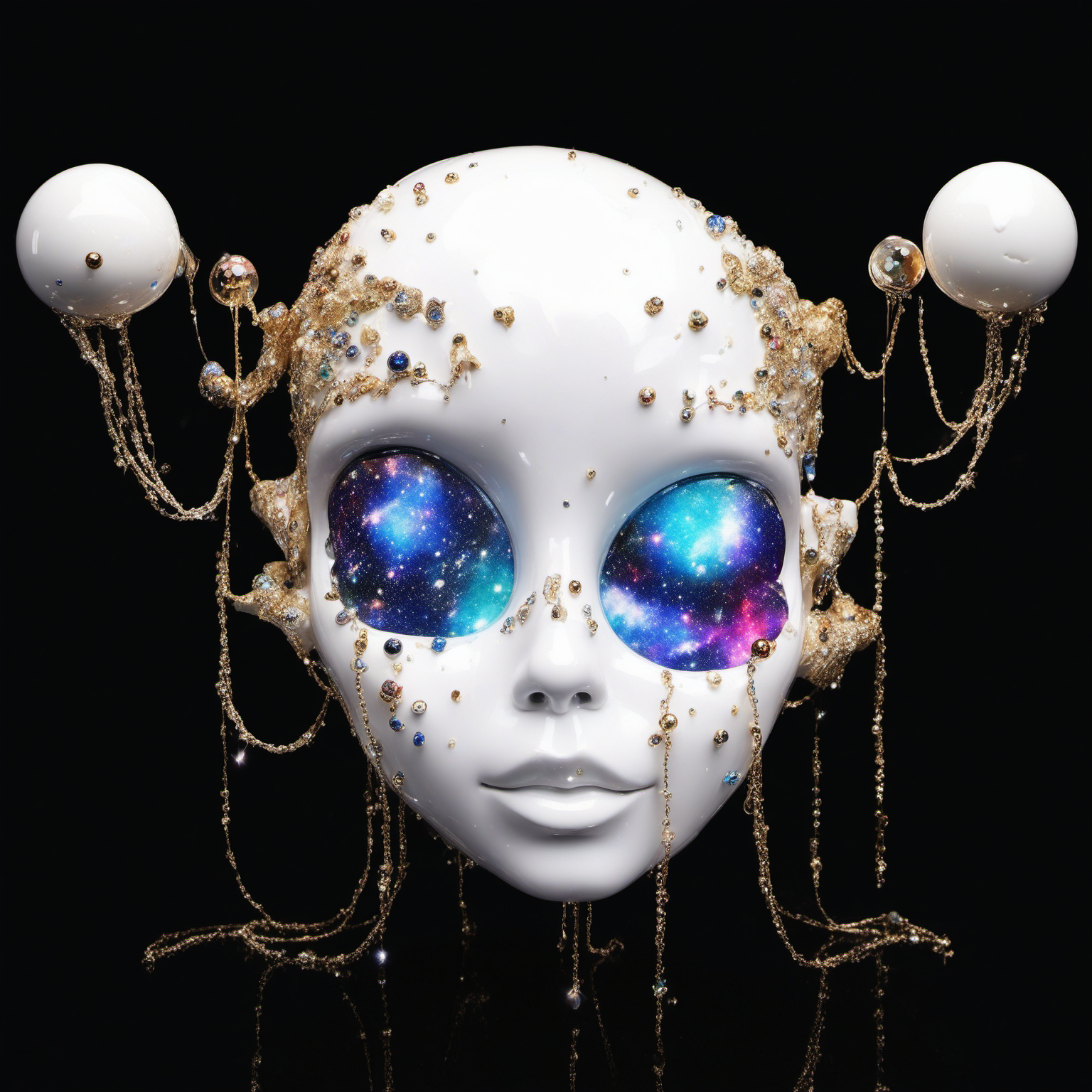Summary made by Summary Scientist GPT
Brief Summary
The study provides the first detailed description of body patterns in the diurnal reef-dwelling octopus species Abdopus capricornicus during social interactions. It reveals a complex repertoire of 10 body patterns comprising 27 chromatic, 8 postural, and 10 locomotory components, including a previously unknown pattern, “Aggressive Banding,” highlighting the species’ sophisticated communication through body patterning.
Detailed Summary:
Introduction
Octopuses, known for their rapidly changing body patterns, use these for camouflage, predator avoidance, and potentially intraspecific communication. The study focuses on Abdopus capricornicus, a diurnal reef-dwelling species, exploring its body patterning during social interactions, a largely unexplored area for solitary octopus species.
Methods
Seventeen Abdopus capricornicus were collected and housed in a controlled environment at Lizard Island Research Station. The study used dyadic encounters in a simplified tank setting to isolate body patterns used for communication from those for camouflage. Behavioural interactions were recorded and analyzed to classify body patterns and associated components.
Results
The study identified 10 distinct body patterns in Abdopus capricornicus, including a new pattern, “Aggressive Banding.” This repertoire included 27 chromatic, 7 textural, 8 postural, and 10 locomotory components, alongside 19 types of social encounters. Notably, some body patterns and components were specifically expressed during octopus interactions.
Discussion
The findings suggest that Abdopus capricornicus has a more complex patterning repertoire than any other studied octopus species. Six of the identified patterns were also found in the related species A. aculeatus, while the remaining three were reported in other octopus species. The complexity of the reef habitat and frequent social interactions experienced by A. capricornicus likely contribute to its rich patterning and sophisticated visual communication capabilities.

